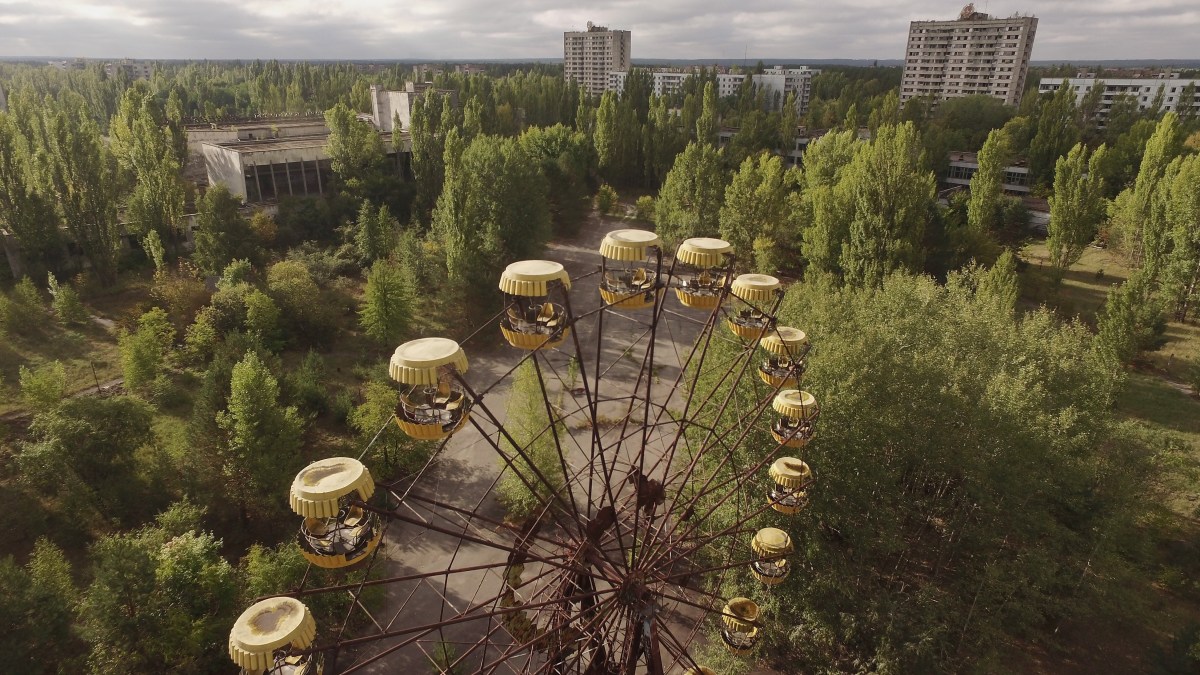On this day in 1986, the world’s worst nuclear disaster occurred at the Chernobyl Nuclear Power Plant in Pripyat, a Ukrainian city in the former Soviet Union. Today, the city is a ghost town, located at the center of the “exclusion zone,” which is still uninhabitable. See Pripyat and a snapshot of the lives affected by the Chernobyl meltdown below. For more information on the accident, click here.
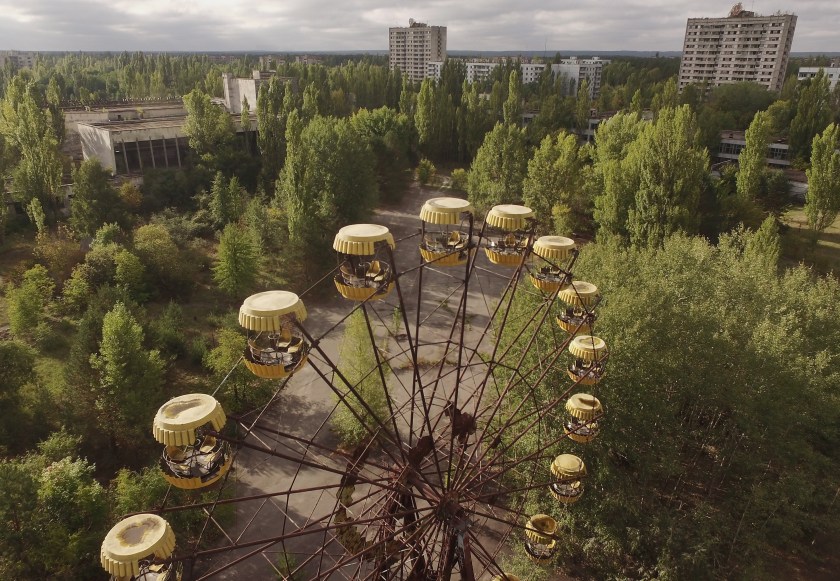
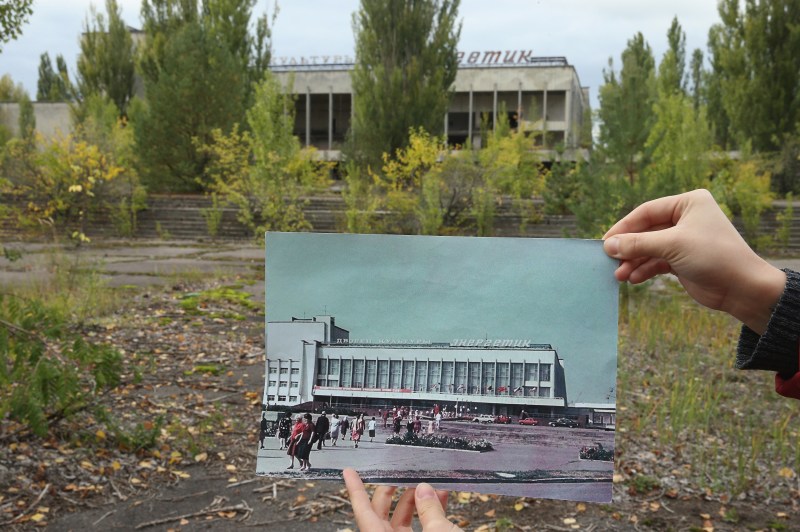
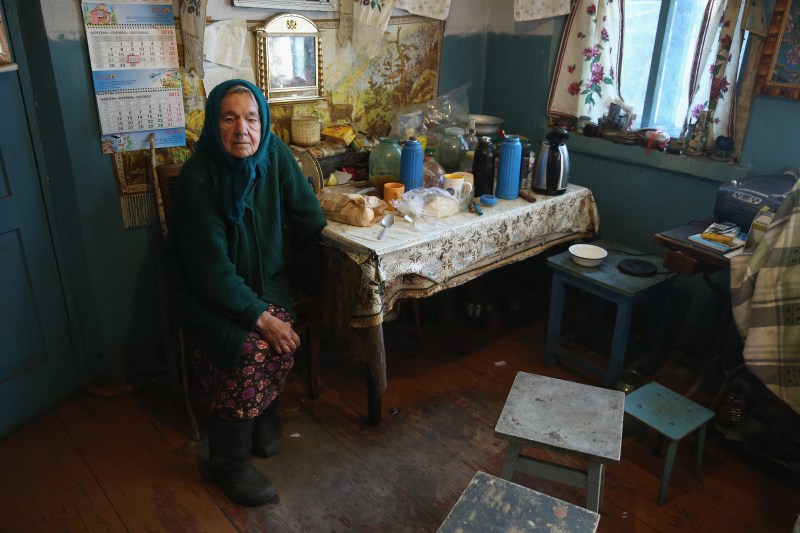
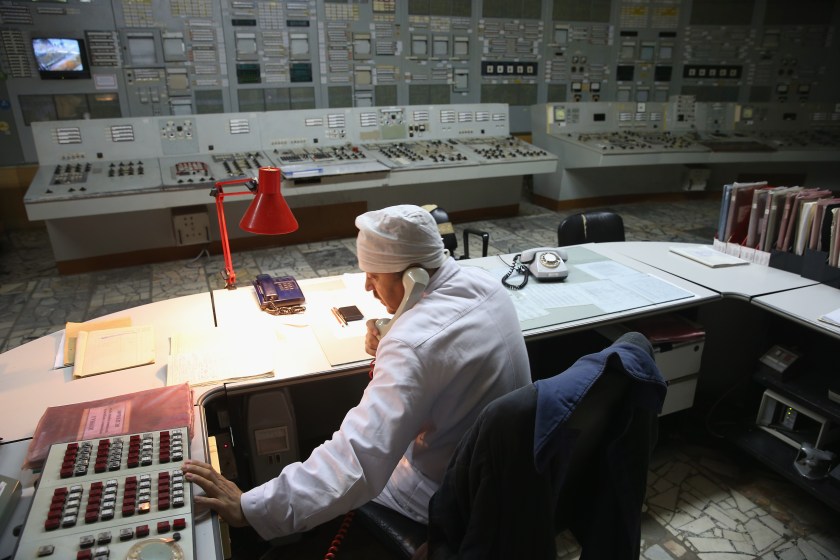
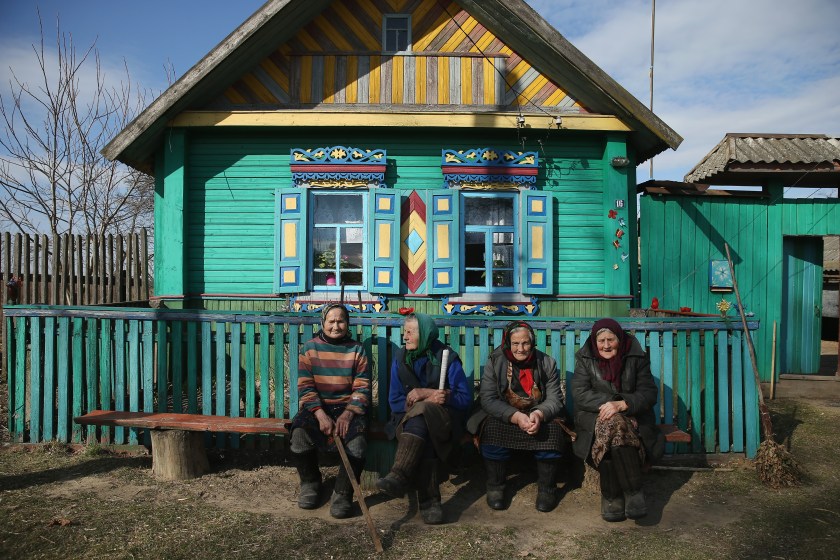
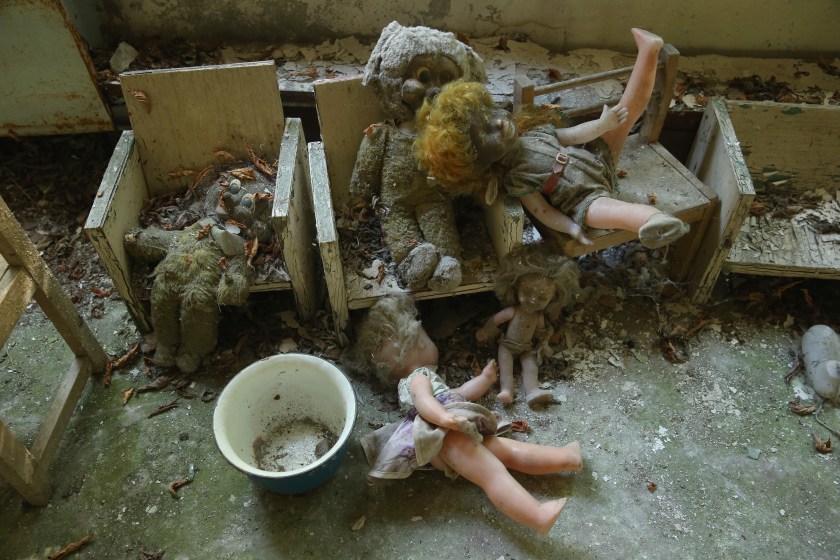
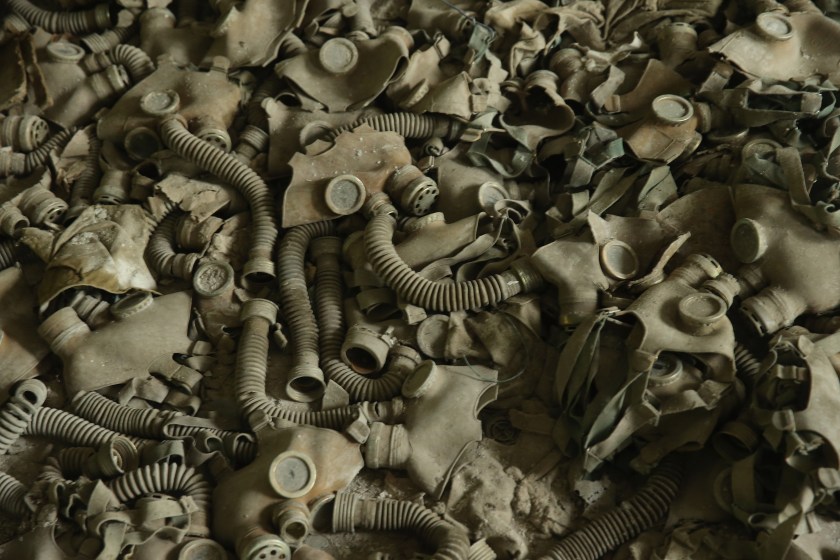
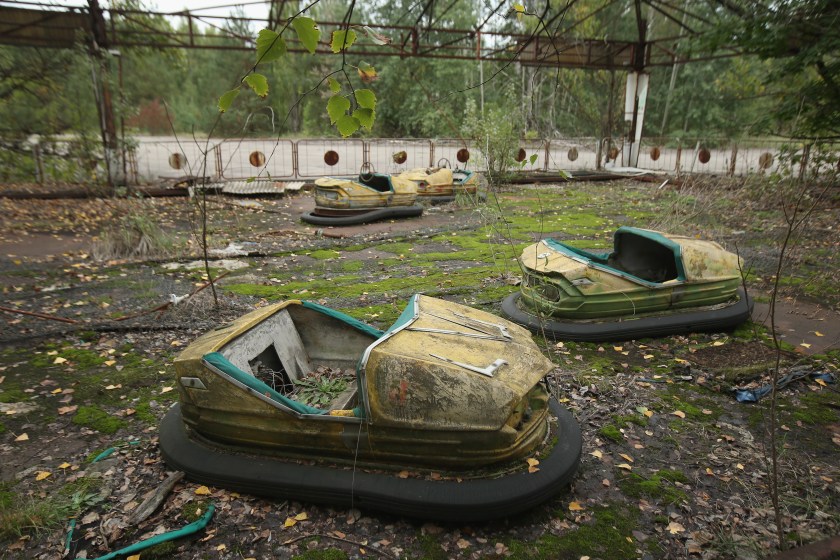
This article appeared in an InsideHook newsletter. Sign up for free to get more on travel, wellness, style, drinking, and culture.
